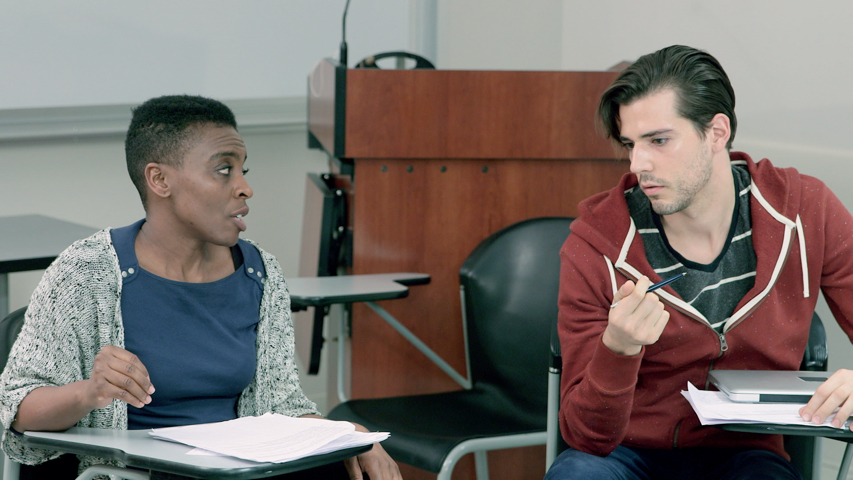Faculty Spotlight: Mignon Fogarty, Grammar Girl Creator
Mignon Fogarty is the creator and host of the Grammar Girl website and the author of seven books on language, including the New York Times bestseller Grammar Girl’s Quick and Dirty Tips for Better Writing. She produces 52 podcasts per year, has been featured on NPR and the TODAY Show, and is a regular contributor to the Scripps National Spelling Bee’s newsletter. She also created an iOS game called Grammar Pop.
Mignon participated in ACUE’s program with the University of Nevada, Reno. She kicks off the first Faculty Spotlight column by sharing three key takeaways from the course and a word of advice for new instructors.
Teaching is one of the hardest things I’ve ever done. I believe new teachers should find a mentor, ask all the questions they can, and get all the training that’s available. The great teachers I encountered all did things differently, and I did some things differently from them. But between talking with great teachers and taking the ACUE course, I was able to find techniques that worked for me. Below are a few of my “big-picture” lessons from the ACUE course.
Adjusting to Meet Students’ Needs
The “Motivating Your Students” and “Using Active Learning Techniques in Large Classes” modules were especially helpful. While completing the ACUE course, I started using exit tickets in my classes to get a sense of what the students had learned that day and what had been confusing. It was enlightening and helped me adjust future class sessions to meet students’ needs. It also seemed to make the students feel more engaged and heard, and it helped me understand the needs of the quiet students better. It’s always easy to know what the vocal students understand or want, but giving the quiet students a chance to write down their thoughts helped.
Teaching Rather Than “Covering” Content
One big-picture lesson I found helpful was to focus on engagement and understanding. As a new teacher, I was trying to fit as much information as I possibly could into my classes. The ACUE course encouraged me to slow down and realize that it was better to spend time reinforcing lessons to make sure students understood what I was teaching them than to tell students everything once and expect them to remember.
Helping Students Learn Together
After completing the “Providing Useful Feedback” module, I tried peer editing in one of my courses and found it to be useful. That was part of another big-picture lesson: that I didn’t have to do everything myself because, with guidance, the students could learn from each other. Students seemed to value one another’s feedback, and the peer-review process allowed students to get immediate feedback that could help them revise for a final grade.
To learn more about Mignon Fogarty and listen to the Grammar Girl podcast, visit http://www.quickanddirtytips.com/grammar-girl



